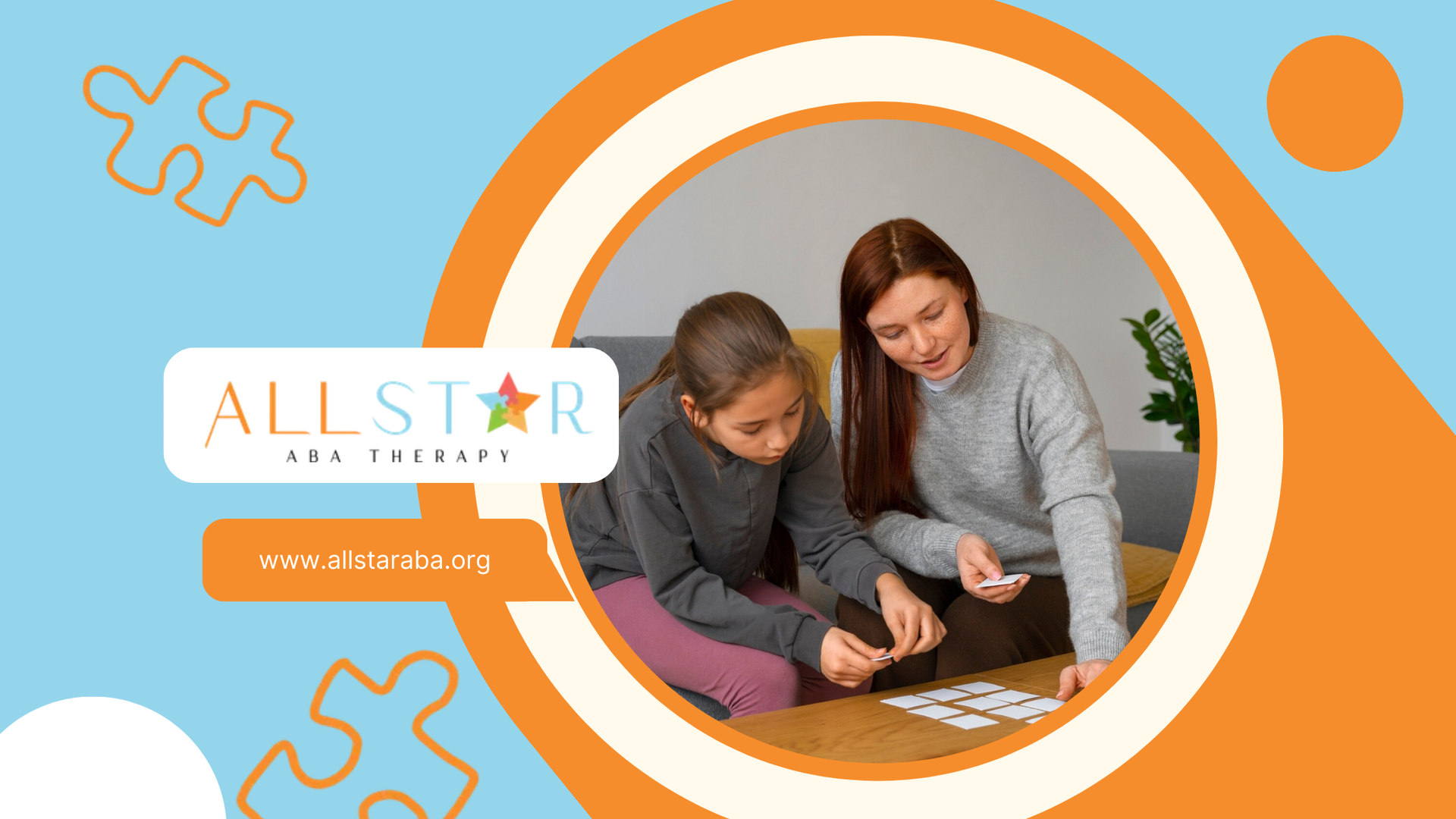New Paragraph
Creating the Best Custody Schedule for an Autistic Child in Maryland
When parents of children with Autism Spectrum Disorder (ASD) go through a divorce or separation, one of the most challenging aspects is determining the best custody schedule for their child. Children with autism often require specific routines, environments, and support structures to thrive. As a result, determining a custody arrangement that caters to their unique needs is critical.
For parents, family members, ABA therapists, educators, and school personnel in Maryland, understanding how to create the best custody schedule for an autistic child is crucial. This article will guide you through considerations for developing an effective custody arrangement that minimizes disruption, provides stability, and supports the well-being of your child with autism.
What Makes a Custody Schedule Important for an Autistic Child?
Children with autism often thrive in environments that are predictable, structured, and calm. Custody schedules for autistic children must factor in these needs, ensuring that the child feels secure and supported during transitions between parents.
Key Considerations for Autistic Children in Custody Arrangements:
- Routine and Structure: Children with autism typically feel more secure when they know what to expect. A consistent schedule reduces anxiety and supports better behavior.
- Minimizing Transitions: Frequent changes between homes can be stressful for children with autism. A schedule that limits transitions or provides ample time for adjustment can help mitigate anxiety.
- Sensory Needs: Autistic children may be
sensitive to sensory stimuli such as noise, light, or unfamiliar environments. The custody schedule should consider the child’s sensory preferences and avoid overwhelming situations.
- Support Systems: Both parents should work together to ensure the child has access to necessary support, such as ABA therapy, speech therapy, and other services critical to their development.
Creating the Best Custody Schedule for Your Autistic Child
There is no one-size-fits-all approach to custody arrangements for children with autism, as each child has their own set of needs and preferences. However, several strategies can be implemented to create a schedule that works well for both the child and the parents.
1. Prioritize Consistency and Predictability
A key feature of a successful custody arrangement for children with autism is consistency. Predictability helps children feel secure and manage transitions better.
Best Practices for Consistency:
- Same Routine at Both Homes: Try to keep the child’s daily routine as consistent as possible between both households. This includes meal times, bedtime, and school routines.
- Written Schedules: Use visual schedules (for example, a whiteboard or a calendar) that outline daily activities. Autistic children often benefit from knowing exactly what to expect.
- Frequent and Consistent Communication: Both parents should stay in close communication regarding any changes to the schedule, appointments, or behavior management techniques.
2. Limit Transitions Between Homes
Transitions can be challenging for children with autism, as they may disrupt their routine and create anxiety. Limiting the number of transitions between parents can reduce stress and help the child feel more settled.
How to Limit Transitions:
- Extended Time Periods with Each Parent: Instead of frequent transitions, consider a schedule that allows the child to spend longer periods of time with each parent (e.g., one full week with each parent, or a weekend-to-weekend arrangement).
- Predictable Transition Days: If frequent transitions are unavoidable, choose specific days of the week for transitions to make them more predictable.
- Prepare for Transitions: Start preparing the child for transitions a few days in advance. Use visual cues to remind them about the upcoming change.
3. Consider the Child’s Sensory Preferences and Needs
Autistic children often have sensory sensitivities that can be exacerbated during transitions or unfamiliar environments. When designing a custody schedule, consider the sensory needs of the child to avoid overwhelming situations.
Strategies for Managing Sensory Sensitivities:
- Create a Calming Environment: Ensure that each home provides a calm and predictable environment with minimal sensory overload (e.g., reducing noise or ensuring the child has access to calming activities).
- Quiet Time and Downtime: Include periods of quiet time or downtime in the schedule to allow the child to self-regulate and decompress.
- Maintain Familiarity: Familiar items like favorite toys, bedding, or sensory tools can help the child feel more secure during transitions between homes.
4. Involve the Child in the Decision-Making Process
As children with autism grow older, involving them in decisions about the custody schedule can help them feel more in control and reduce feelings of anxiety. Understanding their preferences is key to creating a schedule that works for them.
How to Involve Your Child:
- Ask for Feedback: Depending on the child’s age and communication abilities, ask them how they feel about the schedule or if they have any preferences regarding transitions or time with each parent.
- Use Visual Aids: Visual schedules or social stories can help children understand and become comfortable with the arrangement.
- Respect Boundaries: If the child has clear preferences about where they feel most comfortable or how long they want to stay with a parent, try to honor those preferences as much as possible.
5. Incorporate Therapy and Support Services into the Schedule
Children with autism often have ongoing needs for therapies such as ABA, speech therapy, or occupational therapy. The custody schedule should incorporate time for these essential services and ensure that both parents support the child’s therapeutic needs.
Including Therapy in the Custody Schedule:
- Coordinate Appointments: Both parents should work together to schedule and attend therapy appointments. Try to maintain consistency in the type of therapy and the therapist when possible.
- Home Therapy: Some parents may be responsible for implementing certain therapy techniques at home (e.g., ABA strategies), and these should be included as part of the daily routine.
- Use Support Networks: Consider involving trusted family members, support workers, or community resources to assist in maintaining continuity of care.
Types of Custody Arrangements for Autistic Children
Each family is unique, so there are several custody arrangements to consider depending on the needs of the child and family. Below are a few examples of custody schedules that may work for families with autistic children.
1. Week-on, Week-off Schedule
This type of schedule allows the child to stay with each parent for a full week, reducing the frequency of transitions. This arrangement is beneficial for children who need extended time in one environment before moving to another.
2. 2-2-3 Schedule
A 2-2-3 schedule involves the child spending two days with one parent, two days with the other parent, and then alternating weekends. This schedule can work well for families that need to balance time between parents, but it may be more challenging for children who struggle with frequent transitions.
3. Primary Custody with Visitation Rights
In some cases, one parent may have primary custody of the child, with the other parent having regular visitation rights. This arrangement can be beneficial for children who need a stable, consistent routine but still benefit from spending time with both parents.
4. Custom Arrangements
Families may also choose a customized schedule that works best for their child’s unique needs. This could include alternating weekends, longer visits during school breaks, or specific days for therapeutic appointments.
Conclusion
Creating the best custody schedule for an autistic child in Maryland requires careful consideration of the child’s needs for routine, stability, and support. By prioritizing consistency, minimizing transitions, accommodating sensory needs, and involving the child in the process, parents can create a schedule that promotes security, comfort, and positive development for their child.
For parents, ABA therapists, educators, and school personnel in Georgia, Tennessee, and Virginia, understanding the importance of a well-structured custody arrangement for children with autism can help reduce stress and improve the overall well-being of both the child and the family.
Frequently Asked Questions
What is the best custody arrangement for a child with autism?
The best custody arrangement for a child with autism is one that minimizes transitions, prioritizes consistency, and supports the child’s sensory needs. A week-on, week-off schedule or a customized arrangement with longer visits may work well for many children.
How can I reduce stress during custody transitions for my autistic child?
To reduce stress during transitions, keep routines consistent, use visual schedules to prepare the child for changes, and create a calm environment in both homes. Minimizing frequent transitions can also help.
Can I involve my child in creating their custody schedule?
Yes, involving your child in the decision-making process, especially if they are old enough, can help them feel more in control and reduce anxiety. Use visual aids or social stories to explain the schedule.
SOURCES:https://www.autismspeaks.org/autism-support-family-help
https://www.autism.org.uk/advice-and-guidance/topics/behaviour/dealing-with-change/all-audiences
https://www.psychologytoday.com/intl/basics/autism/parenting-a-child-with-autism
https://getgoally.com/blog/how-to-create-an-autism-daily-routine/
Need Support?
We're Here to Help!
Our experienced team is ready to assist you. Reach out today to discuss how we can support your child's development and well-being.
Get started with expert ABA therapy today.








